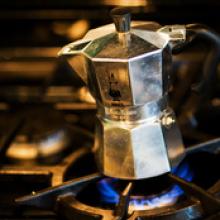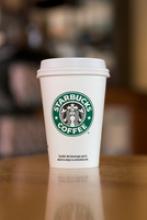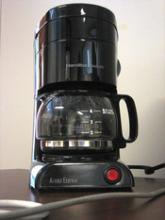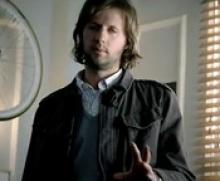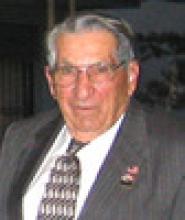Peet's Gourmet Coffee
Who doesn’t love coffee? I have found a new love in coffee. Peet’s coffee. I love coffee. I have tried many different kinds of roasted coffee blends in the past but happened to saw a Peet’s coffee aisle at the local grocery store. Many people I’ve heard from love this type of coffee brand. There is also a Peet’s coffee and tea shop too. Since I was not near the Peet’s coffee shop to purchase coffee there, I tried my luck to see if it was sold at this new place that just opened recently called Metropolitan Market.
The first Peet’s coffee and tea store opened in April 1966 on Vine Street in Berkeley, California. Peet’s coffee was created by Alfred Peet, who begin the process towards transforming the taste of coffee in the way that Americans experienced the taste and quality of coffee. This type of transformation still persists to this very day. Alfred Peet was born in Holland and came to the United States after World War II ended. He grew up in the coffee trade business and was stunned at the poor quality of coffee Americans were drinking. Eager to act fast, Peet became inspired to open his first coffee and tea shop in 1966. Since he emphasized on the importance of very good quality coffee, Peet’s style of coffee consisted of creating smaller batches, adding freshness, quality beans, and a darker roasting blend style. All of these combinations created into Peet’s coffee created richness, consistency, and most importantly, taste.
After Peet’s coffee and tea shop was launched in 1966, many coffee lovers, including nearby restaurants and neighbors were instantly flocking their way to this friendly neighborhood coffee place. Due to Peet’s brilliant success, he mentored and inspired many coffee entrepreneurs. This also included the founders of Starbucks. He supplied Starbucks with his own roasted beans during their first launch of operation in the coffee business. Peet’s coffee had instantly won the hearts of coffee lovers across the nation for over the past four decades. In the San Francisco Bay Area, Peet’s coffee is deeply admired and well loved.
My favorite Peet’s coffee is the French roast, which is more of an intense, dark roasted, smoky taste. I like to add my coffee with coconut creamer as well. I love adding sweetener to my coffee because it creates a luxurious, finishing taste. A spoonful of sweet light agave nectar helps too. Whatever your coffee taste buds are, I recommend Peet’s coffee.

